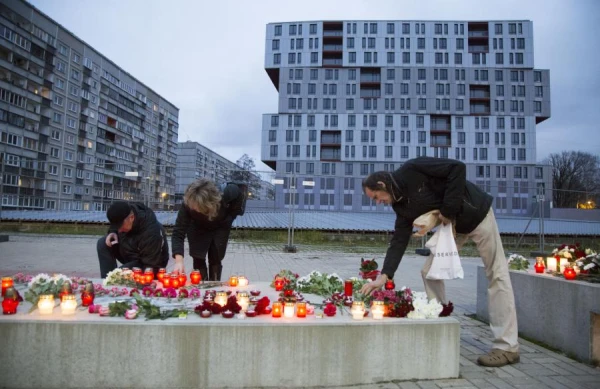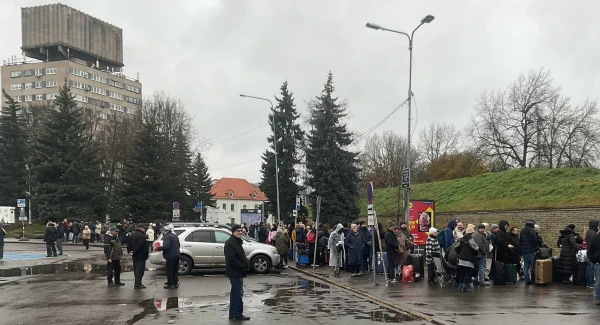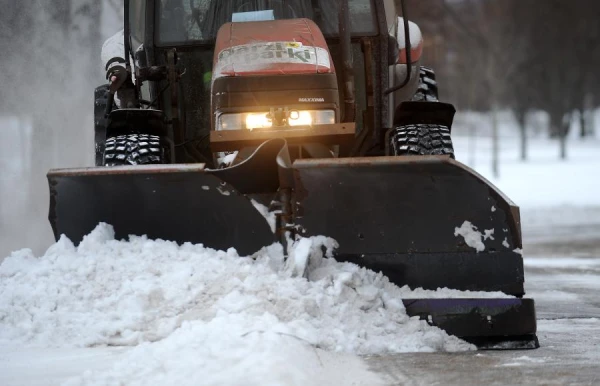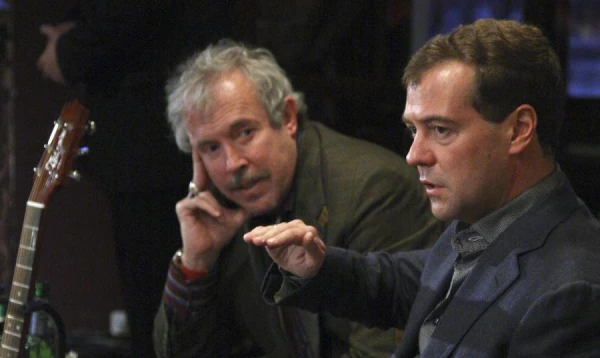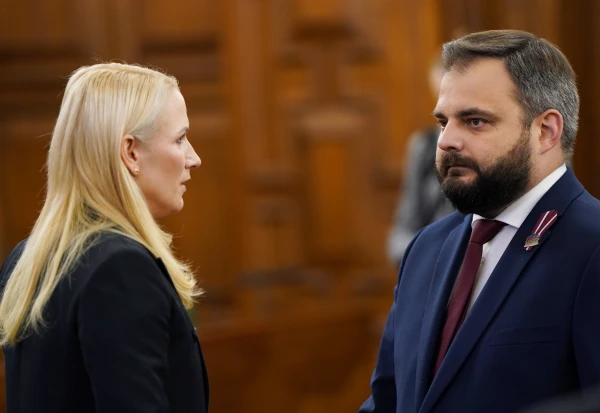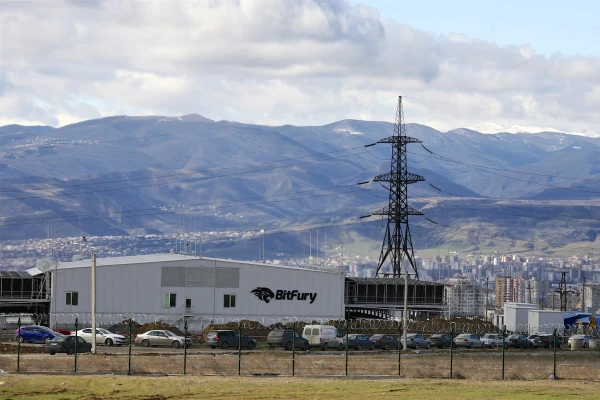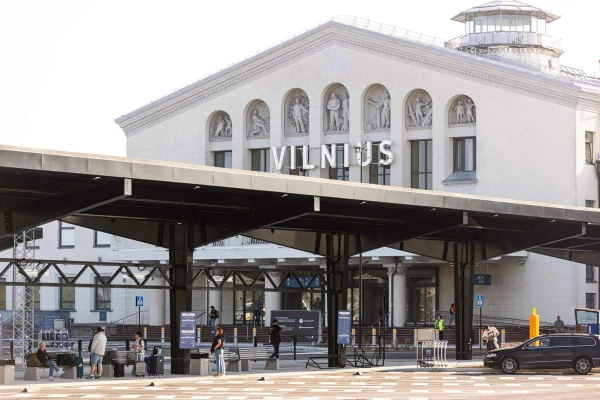
Last week in Salacgriva, on the A1 highway, a new bridge over the Salaca River was opened. It may not seem like a significant event, but it is quite instructive for our country.
The Flows - Huge
The new bridge was born in agony. Many years ago, the then mayor of Salacgriva and head of the Salacgriva region, Dagnis Straubers, an architect by education, suspected that something was wrong with the main city bridge.
An ordered inspection conducted by experts confirmed the suspicions – the structure is in very poor condition, which is, of course, not surprising. The bridge was built during the Soviet era and has not seen major repairs. The load on it is enormous. The A-1 highway (Via Baltica) is part of the European transport network TEN-T and is also the European road E67, which connects the Baltic states and Finland with the rest of the continent. The flows of freight traffic here are huge. There are also a great many cars.
A New One Is Needed
At first, the regional authorities thought that repairing the crossing would be enough, but a repeated inspection showed that a new bridge is needed. The old one has almost completely exhausted its resource.
Confident that the state would not leave them in trouble (after all, this is a matter of national scale), the mayor began knocking on the doors of ministries and other institutions. The bridge was under the jurisdiction of the municipality, but building a new one would cost the annual budgets of the region. Of course, the municipality did not have such money.
But alas, in the high offices, D. Straubers found no understanding. The answer was the same everywhere – the bridge is yours, find the money, our house is on the edge.
Desperate to find the truth and the money, the mayor ordered to organize traffic on one side of the bridge, installing traffic lights. There was no other way. By reducing the load on the structure, it was possible to extend its life a little.
Of course, with such intense traffic, the restrictions began to cause congestion. Sometimes they stretched for kilometers, especially from the Estonian side. Traffic jams, extremely intense in the summer, lasted for years, but this did not prompt Latvian politicians and officials to even slightly scratch their heads. Apparently, they were flying to Tallinn by plane and did not get caught in traffic jams. And indeed, since the prime minister was traveling on a private jet at that time, the bureaucrats of lower rank probably also did not skimp on their means of transportation.
But then the war began, and movement appeared in the offices. The manner of communication changed. The mayor of Salacgriva was answered approximately like this: "Yes, we understand that this highway is of national importance, something needs to be done, but there is no money, buddy!"
Help, however, came from an unexpected source – from the northern neighbors. The Estonian Ministry of Transport sent an official letter to their Latvian colleagues with a complaint – what is happening there, dear Latvians? We are stuck in traffic jams, and this is not just an ordinary highway; military equipment, if necessary (knock on wood), should move in large quantities along it, not to mention regular freight transport.
And then a miracle happened – suddenly the money was found. From the Military Mobility Fund, that is, from the stash that is used to improve road infrastructure to facilitate the movement of military equipment. Why no one knew about the existence of such a fund before is unclear. But for the future, other municipal leaders should note – it seems that in Riga, they are very afraid of international scandals. This button needs to be pressed.
Such a Latvian Story
Then the story developed according to a happy scenario. In 2024, work began on the construction of a new bridge. In August of that year, the old one was completely closed, and its dismantling began, while a temporary pontoon bridge was set up, taken from some emergency reserves.
The builders worked tirelessly, and on November 12, 2025, a new reinforced concrete, four-span bridge on metal beams was officially opened in Salacgriva. The cost of the structure turned out to be not so great – 15 million euros excluding VAT. A ridiculous amount, really, for a state that has already poured hundreds of millions of euros into the currently unnecessary Rail Baltica structures.
Important political figures who had nothing to do with this project came to the ceremonial opening of the bridge and began to deliver important speeches. However, the former mayor of Salacgriva, without whom transport flows to Estonia and back would likely have taken a huge detour through Limbazi and Aloja, as the bridge would have finally collapsed, was, of course, not invited to the ceremony. Now D. Straubers is a deputy from the opposition in the Limbazi region, although he took first place in the last municipal elections. Local residents, however, brought flowers to the opening of the bridge and handed them not to the Minister of Transport, Aitis Shvinkis, who came to cut the ribbon and pose for the cameras, but to their old mayor. However, the minister is not to blame. He took office when the money for the bridge had already been found and construction was underway.
All of this is very Latvian, isn’t it? However, the happy ending smoothed over both the incompetence of officials and the ingratitude of politicians.
Repairs Are Inevitable
As responsible officials assure, there are no other bridges in Latvia in such poor condition as the one in Salacgriva. What a blessing. But still, many crossings require urgent repairs. For example, the railway overpass in Jelgava needs repairs. The Unity Bridge in Daugavpils is also not in the best condition; however, the municipality attracted funding from European Union funds for it.
Some bridges in Riga are also not in the best condition. For example, the overpass over the railway on Altanova Street in Tornakalns. Despite its modest size, it played an important role for transport flows in Pardaugava, but due to its poor condition, it is closed, and when it will be repaired – there are no hints yet. It seems that the Riga authorities promised to build a new one, but the matter has clearly stalled – there has been no information for a long time.
The cable-stayed bridge also needs repairs. It has huge holes. The authorities, however, assure that everything is fine. Yes, it looks terrible, but the load-bearing structures are in order. One hopes that this is indeed the case and that cars will not start falling into the Daugava. A tender for construction work for repairs is currently underway, and there is hope that it will still be conducted.
As responsible officials state, the proportion of bridges in poor condition in Latvia is currently relatively small – around five percent.



